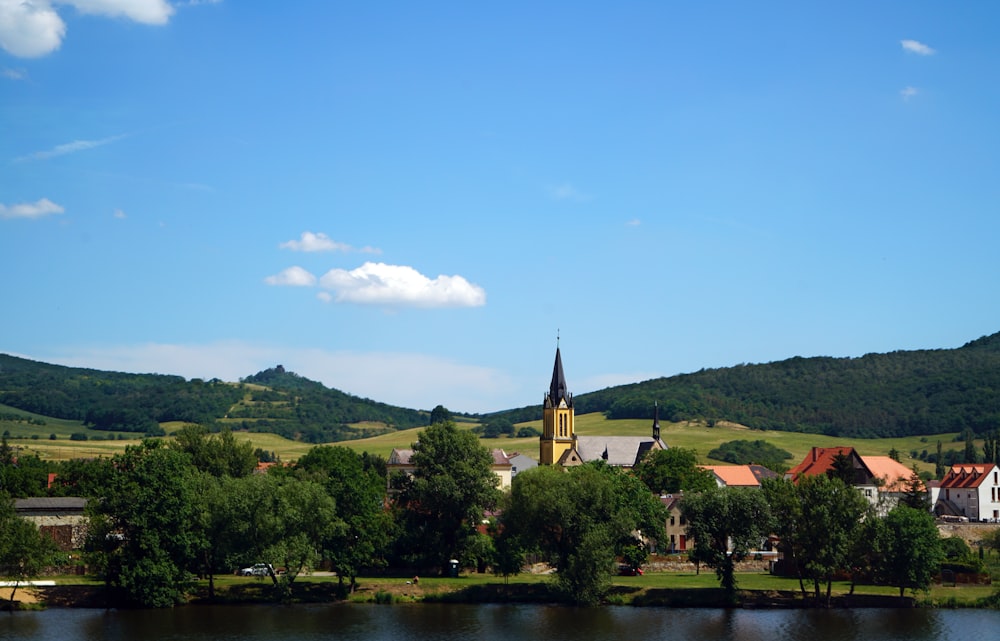Regarding The County
Germany to the northwest and west, Poland to the north, Slovakia to the east, and Austria to the south make up the Czech Republic. Prague is the Czech Republic’s capital as well as the country’s largest city and a prominent tourist destination, is the country’s most populous city. Since May 2004, the Czech Republic joined the European Union. The Czech Republic was formerly a part of Czechoslovakia, which were disbanded in Jan. 1993 and divided into the Slovak Republics.
Such important cities in the Czech Republic include Brno, Pardubice, Ostrava, Plze, Olomouc, Zln, Hradec Králové, Karlovy Vary, st nad Labem, and eské Budjovice. Geographically and culturally, the Czech Republic becomes divided into two sections. Moravia and Bohemia are the two countries. wine and Spas vineyards are common in Bohemian towns and cities. It also has a number of castles that are open to the public. The existence of tens of kilometres of marked walking, biking, and skiing trails would be another tourist draw.
Languages And Population
The Czech Republic has a population of approximately 10 million people, and Czech seems to be the national language.
Electrification
That frequency becomes 50 Hz, as well as the voltage, becomes 230 V. Round pin connector and container with male grounded pin was its type of plug utilized.
Place In The World
It borders Germany to the northwest and west, Poland to the north, Slovakia to the east in Central Europe, and Austria to the south. This is a landlocked nation that is strategically situated on a few of Europe’s many popular land routes.
The Weather
The Czech Republic has mild winters, with hot and humid summers, cloudy winters. It also receives snowfall. Summer is when the majority of the rain falls. Temperatures vary greatly as a result of various altitudes. At high elevations, temperatures are cooler and there is more precipitation. High altitude regions have low temperatures as -0.4°C, while low altitude areas have temperatures in excess as 10°C.
Customs In The Area
With the exception of formal dinners and tourist spots or restaurants, attire should be traditional and informal. Tipping in restaurants, hotels, and taxis is typically between 5 and 10%.
Tourist Attractions
The Castles District – This area is home to some of the city’s most beautiful museums and churches. There are also several lovely parks, fortifications, and state buildings.
St Vitus Cathedral – Situated in the Castle Region, this monastery is notable for its spires that rise high into the sky. It is also the country’s largest and most beautiful church.
Karluv Most– It is one of the town’s most popular tourist destinations and must not be missed.
Old Town Square – With several historical buildings, it is Prague’s most lively square. Each year, also it offers a wide variety of markets, such as the annual Christmas fair.
The Jewish Museums – is Center Europe’s largest Jewish gallery, with a large collection of Judaic art.
Vyehrad – is a massive hill fort perched on a ledge above the water.
Travelling
Through Air – Czech Airlines was its Czech Republic’s international airport. There is a slew of other tiny and well-known foreign airlines that fly out of Slovakia. Prague Ruzyne Airport Terminal is the only airport. The airport is about a 10-mile travel north of Prague.
By Rail – A nation is connected to a vast train network that connects European cities. The most comfortable connects through Western Europe towards Prague will be via Berlin, Zurich, Munich, Vienna, and Frankfurt.
Things That Are Exempt From Duty
- A 50-gram fragrance or a 250-milliliter eau de toilette
- Equal until €175 in gifts
- For European nations, 10 litres of spirits with just an alcohol level greater than 22%, or 20 litres of alcoholic drinks with an alcohol level or less 22%, or 90 litres of champagne or 60 litres of champagne, or 110 litres of beer
- For European nations, 800 tobacco, 200 cigarettes, 400 cigarillos, or 1kg tobacco
- Private use food, fruit, medicines, and flower
- Non-EU nations: 100 cigarillos, 200 cigarettes, 50 cigars, or 250g tobacco
- For non-EU countries, 1-litre spirits or 2-litre wine
Things That Are Not Permitted
alcoholic beverages containing more than 60% alcohol, uncanned foods, meat or milk products, drugs, guns, ammunition, explosives, eggs, crops, endangered animals, explosives, and alcoholic drinks containing more than 60% alcohol.




